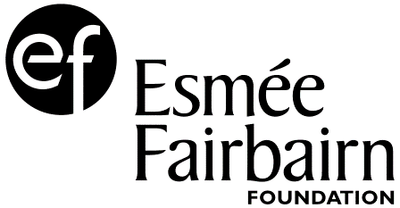The Ann Osborn Archive
 Detail of a rope hammock (2008.57.64) from Colombia, which was collected by Ann OsbornAnn Osborn originally went to live in Colombia in 1960 when she was in her early twenties, as an au pair to a British family, and afterwards decided to stay on to explore her interest in Colombian archaeology and anthropology. Returning to Oxford to write an anthropological thesis, she spent more than 10 years with the U'wa and the Awa peoples of Boyaca and Nariño regions in the 1970s and 1980s, and helped in the tribe's fight to secure its territory.
Detail of a rope hammock (2008.57.64) from Colombia, which was collected by Ann OsbornAnn Osborn originally went to live in Colombia in 1960 when she was in her early twenties, as an au pair to a British family, and afterwards decided to stay on to explore her interest in Colombian archaeology and anthropology. Returning to Oxford to write an anthropological thesis, she spent more than 10 years with the U'wa and the Awa peoples of Boyaca and Nariño regions in the 1970s and 1980s, and helped in the tribe's fight to secure its territory.
Ann Osborn's thesis was first published in Spanish as Las Cuatro Estaciones: Mitología y Estructura Social Entre los U'wa, by Banco de la Republica, Bogotá. In 2009 the Ann Osborne Foundation, a small charity established as a result of her bequest, arranged for it to be published as The Four Seasons of the U'wa: a Chibcha Ritual Ecology in the Colombian Andes, translated by Linda Mowat. Ann Osborn died in 1988, but her life's work is two fascinating anthropological books describing a complex, mystical society rooted in ritual and myth.
The Recordings
Ann Osborn’s collection of 17 reel to reel tapes were all recorded during her fieldwork among the U’wa people on the lower slopes of the Andes in North East Colombia between 1969 and 1977. The recordings include the sounds of chanted myths, and stories that are performed collectively and seasonally. Ann recorded many myths in their entirety and analysed their constituent parts that link the middle, upper and lower worlds of U’wa cosmology. The Aya myths are concerned with ordering, and involve much repetition of structures but also contain many different melodies. Myths might be performed two or four times a night over two nights, each performance being for a particular harvest. Ann, who was especially interested in relating this seasonally performed chanted mythology to other seasonal activities such as the human reproductive cycles, described the chants as “meticulous and exhaustive” and stressed their central importance to U’wa cosmology. The collection also includes stories, kinship terms, and occasional examples of whistling and drones.
The Playlist
The recordings in the playlist below have been selected as an introduction to the collection, and include examples of different types of chanted myth ranging from solo chants to group chants and Cobaria dances.


